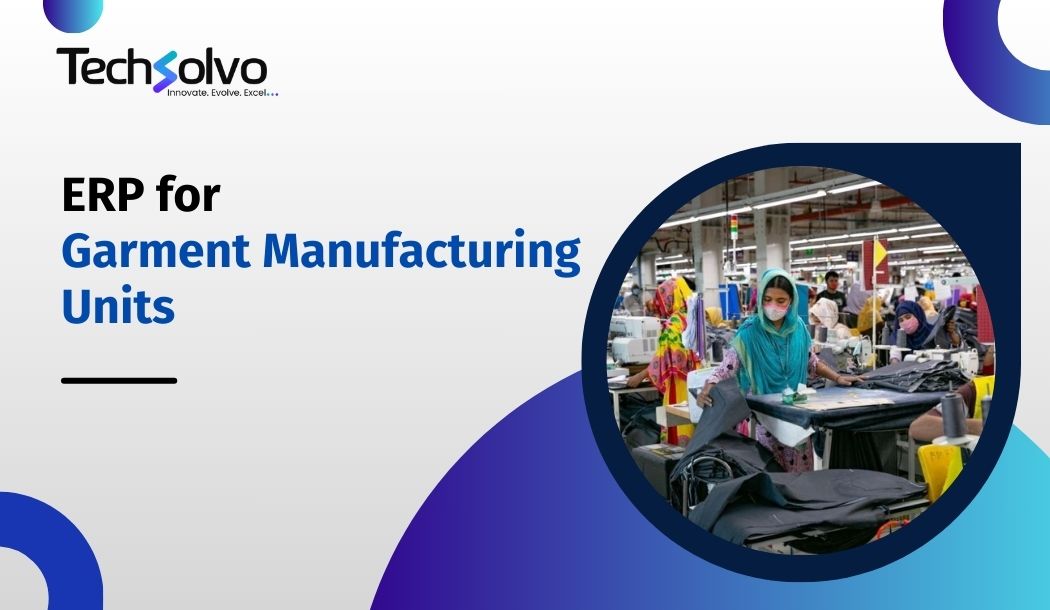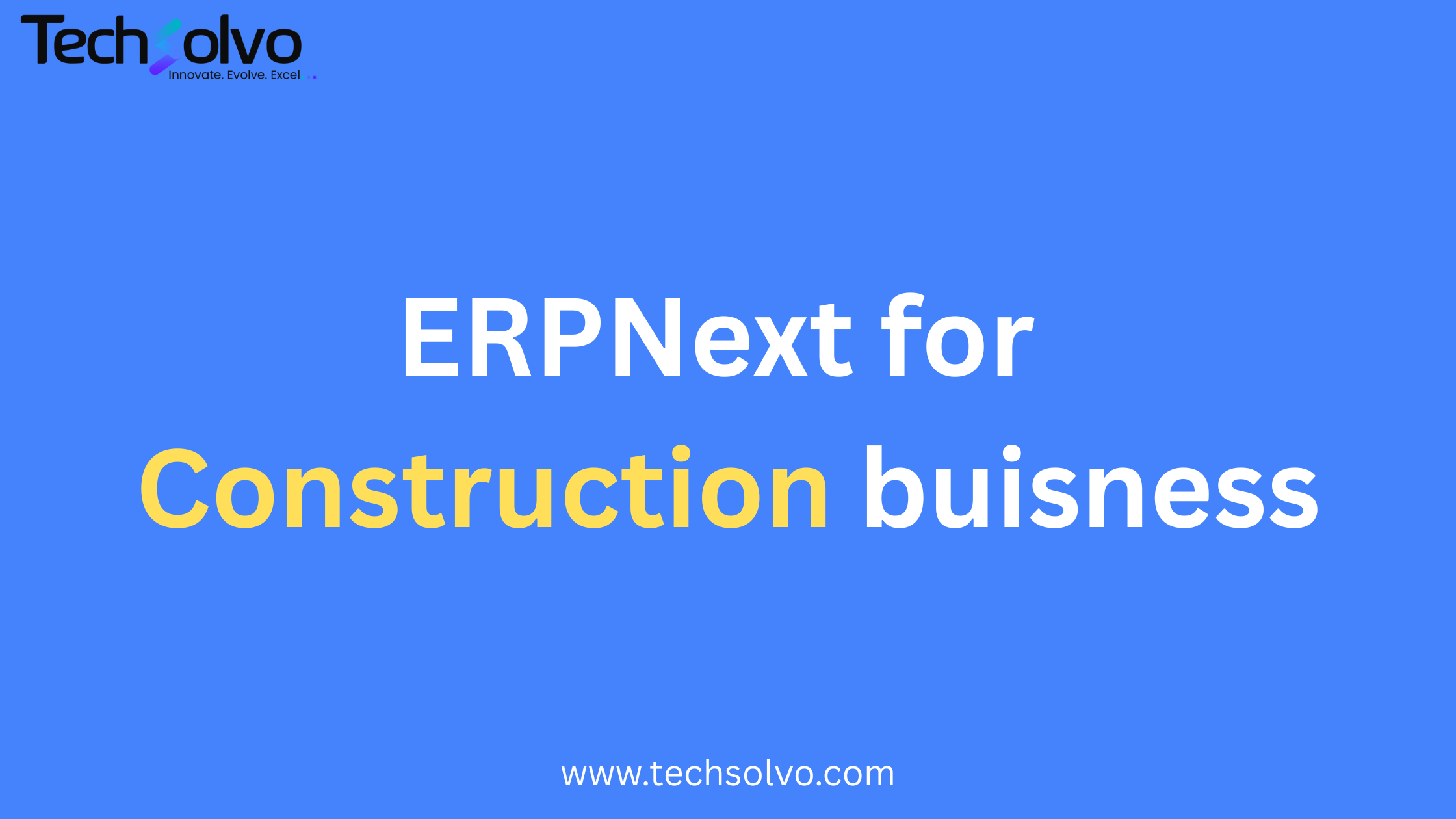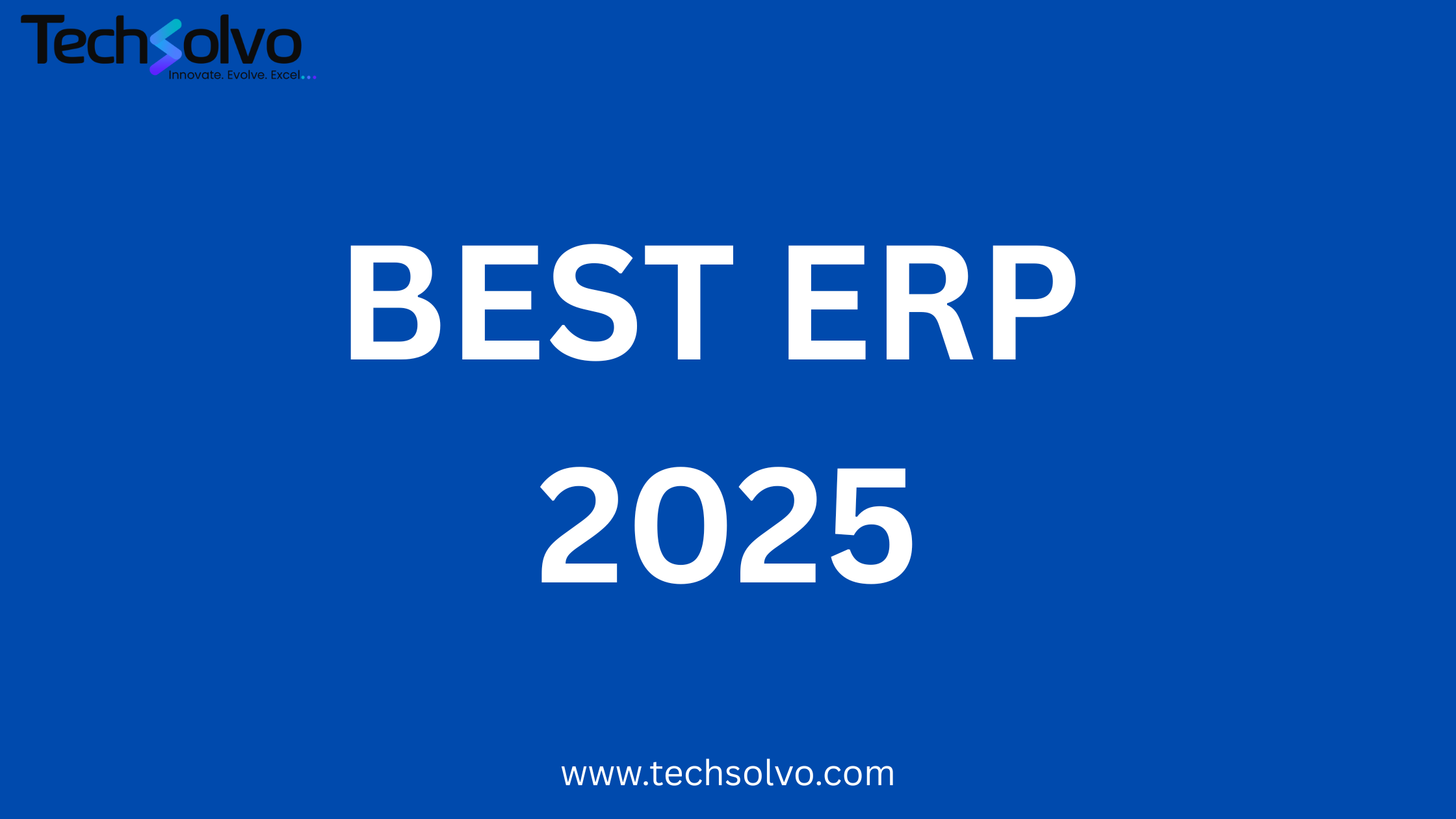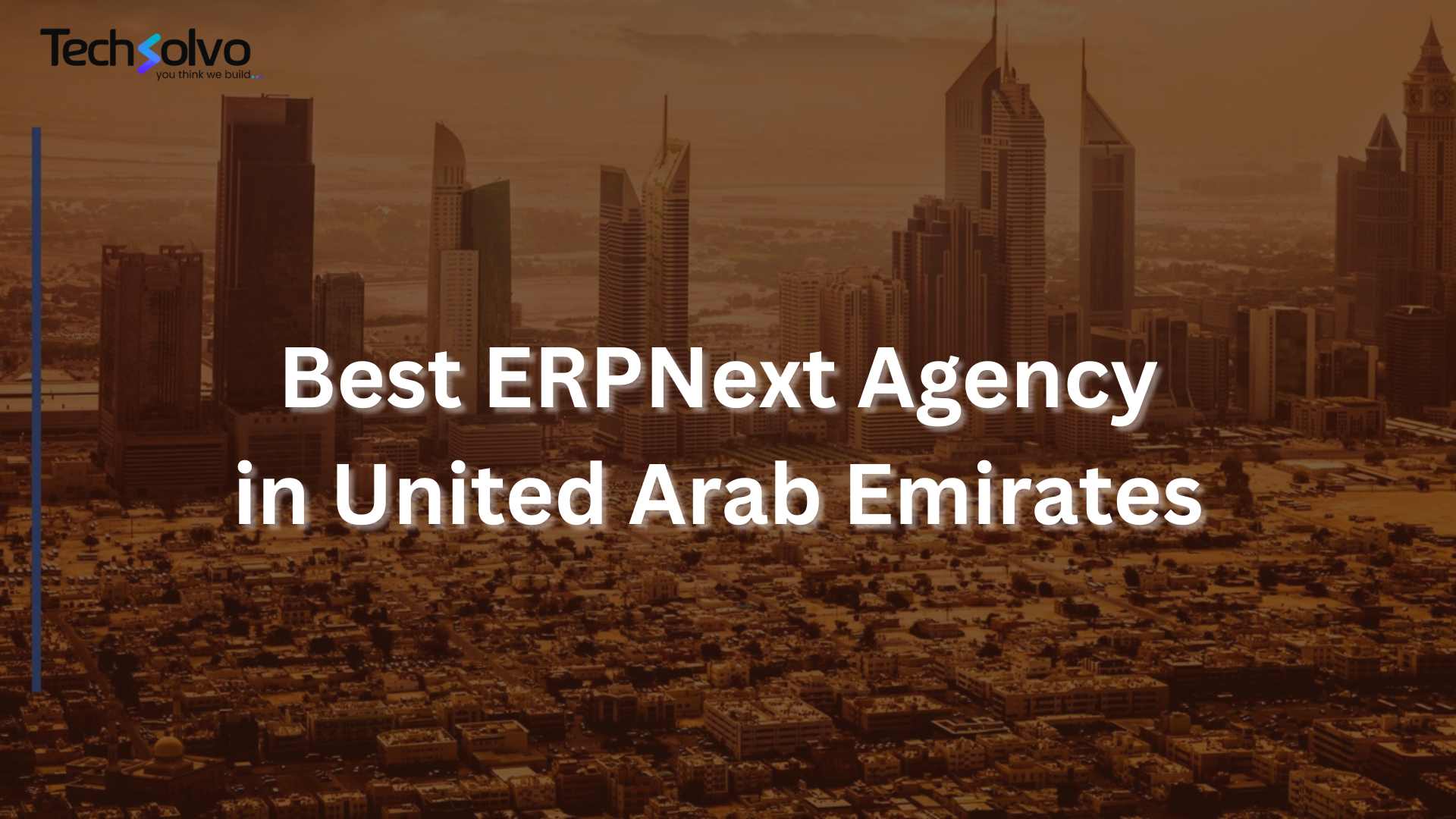
Introduction
In the dynamic world of garment manufacturing, operational efficiency is key to staying competitive. Enterprise Resource Planning (ERP) systems play a pivotal role in streamlining processes and boosting productivity. ERPNext, a versatile ERP solution, offers tailored functionalities specifically designed for garment manufacturing units. This blog explores ERPNext's capabilities for garment manufacturing in India, highlights the benefits of its implementation, and discusses how it enhances accounting and inventory management. Additionally, we'll address common questions about ERP implementation in the garment manufacturing industry.
Functionality Inside ERPNext for Garment Manufacturing Units
ERPNext provides a comprehensive array of features that cater to the specific needs of garment manufacturing units. Here are key functionalities:
-
Production Planning and Control
- Bill of Materials (BOM): Define and manage materials, trims, and components required for garment production.
- Work Orders: Create and manage production orders to monitor progress and optimize timelines.
- Capacity Planning: Schedule production to align with demand and optimize resource utilization.
-
Inventory Management
- Stock Management: Track fabrics, trims, and finished goods across multiple warehouses and locations.
- Batch and Serial Number Tracking: Maintain detailed records for traceability and quality control.
- Demand Forecasting: Predict material requirements based on historical data and sales forecasts.
-
Quality Control
- Inspections: Conduct quality checks at various stages of production to ensure adherence to standards.
- Non-Conformance Reporting: Manage and resolve quality issues promptly to maintain product integrity.
-
Sales and Purchase Management
- Sales Orders: Manage customer orders, quotations, and sales contracts efficiently.
- Purchase Orders: Streamline procurement processes and vendor management for raw materials and supplies.
-
Accounting and Financial Management
- General Ledger: Maintain accurate financial records with comprehensive reporting capabilities.
- Accounts Payable/Receivable: Manage payments, invoices, and receipts to optimize cash flow.
- Financial Reporting: Generate financial statements and performance reports for informed decision-making.
-
Human Resources Management
- Payroll and Attendance: Automate payroll processing and track employee attendance.
- Employee Management: Maintain employee records and performance evaluations seamlessly.
Why Garment Manufacturing Unit Owners Should Implement ERPNext
- Enhanced Efficiency
- ERPNext integrates core business processes into a unified platform, reducing redundancy and improving workflow efficiency.
- Improved Visibility
- Real-time data and analytics provide visibility into production, inventory levels, and financial performance, empowering informed decision-making.
- Cost Optimization
- Automation of routine tasks and streamlined operations lead to cost savings and better resource allocation.
- Compliance and Quality
- Ensure compliance with industry regulations and maintain consistent product quality through standardized processes.
- Scalability
- Adapt and scale operations seamlessly as business demands grow, supported by ERPNext's flexible architecture.
How ERPNext Enhances Accounting and Inventory Management
-
Accounting
- Automated Transactions: Streamline invoicing, expense management, and financial reporting processes.
- Budgeting and Forecasting: Plan and forecast financial performance based on real-time data insights.
-
Inventory Management
- Real-Time Tracking: Monitor inventory levels, batch details, and stock movements across warehouses.
- Demand Planning: Forecast material requirements and optimize inventory levels to meet production demands efficiently.
FAQs on ERP Implementation for Garment Manufacturing Units
-
What is ERPNext?
- ERPNext is a comprehensive ERP system that integrates various business functions like production, inventory, sales, accounting, and HR into a single platform.
-
Why choose ERPNext for garment manufacturing?
- ERPNext offers specialized features tailored for the garment industry, including production planning, inventory management, quality control, and compliance tracking.
-
How long does ERPNext implementation take?
- Implementation timelines vary based on the size and complexity of operations, typically ranging from a few weeks to several months.
-
What are the costs associated with ERPNext implementation?
- Costs include software licensing, implementation services, customization, training, and ongoing support. Budget for both upfront and ongoing expenses.
-
Can ERPNext integrate with other systems?
- Yes, ERPNext supports integration with third-party applications through APIs, enabling seamless data exchange and enhanced functionality.
-
Is ERPNext customizable for garment manufacturing processes?
- Yes, ERPNext is highly customizable to adapt to specific production workflows, inventory management practices, and reporting requirements.
-
How secure is ERPNext for sensitive business data?
- ERPNext ensures data security through role-based access control, encryption, and regular backups, protecting sensitive business information.
Conclusion
Implementing ERPNext in garment manufacturing units can revolutionize operations by streamlining processes, enhancing visibility, and driving cost efficiencies. Its tailored functionalities cater to the unique needs of the garment industry, making it an essential tool for growth and sustainability. By improving accounting and inventory management, ERPNext enables garment manufacturers to achieve higher productivity and profitability. Consider ERPNext as a scalable solution to streamline operations and stay ahead in the competitive garment manufacturing market.
Insights
To properly understand the things that are prevalent in the industries, keeping up-to-date with the news is crucial. Take a look at some of our expertly created blogs, based on full-scale research and statistics on current market conditions.

How ERPNext Transforms Construction Businesses in the UAE | Techsolvo
Learn how ERPNext helps UAE construction firms streamline projects, procurement, retentio…

Why ERPNext is the Best ERP Software for Businesses in 2025 | Techsolvo
Discover why ERPNext is the top choice for modern businesses in 2025. Learn how Techsolvo…

Why Techsolvo is the Best ERPNext Implementation Partner in UAE
Discover why Techsolvo is recognized as the best ERPNext agency in the UAE. Trusted by ma…

